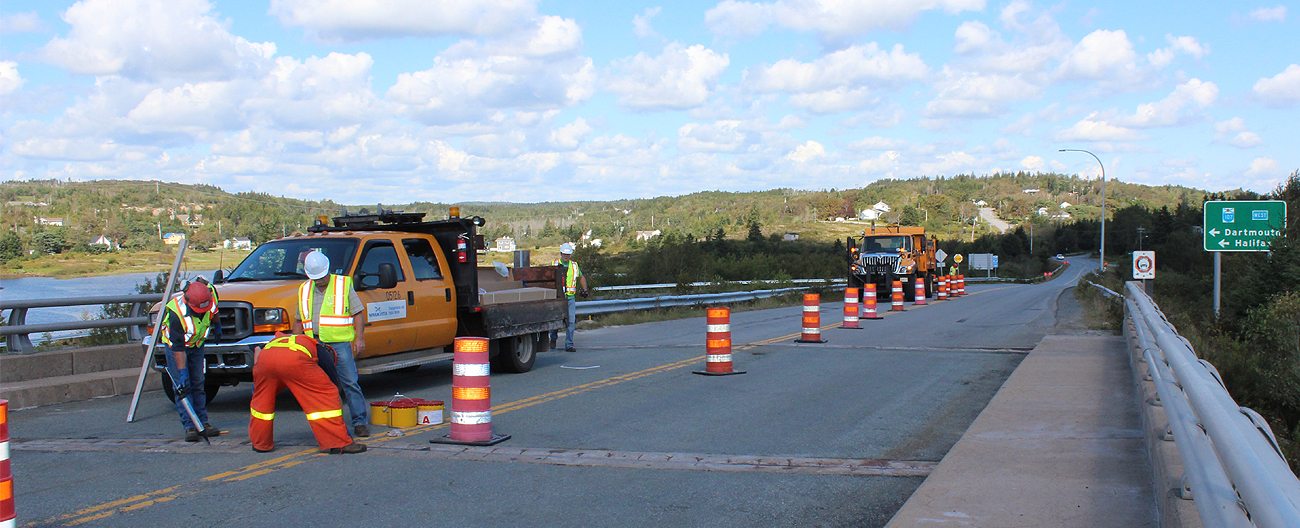Contact EMSEAL for further production options.
EMSEAL lead times are managed under our commitment to making custom-assembled orders fast. We share with you the goal of getting the right product, in the right size, to the project in a timeframe to meet your construction schedule. Lead time information is updated every day that it changes and is the same information as our Tech Team will give you on the phone.
Lead time estimates are business days to manufacturer only after receipt of a purchase order and all information enabling work to proceed. The most efficient and effective way to provide most of this information is on the EMSEAL Bridge Checklist.
All times are ex-factory manufacturing times and do not include transit time for shipping.


